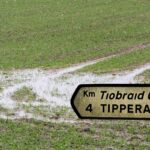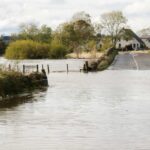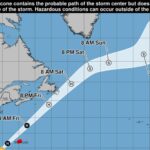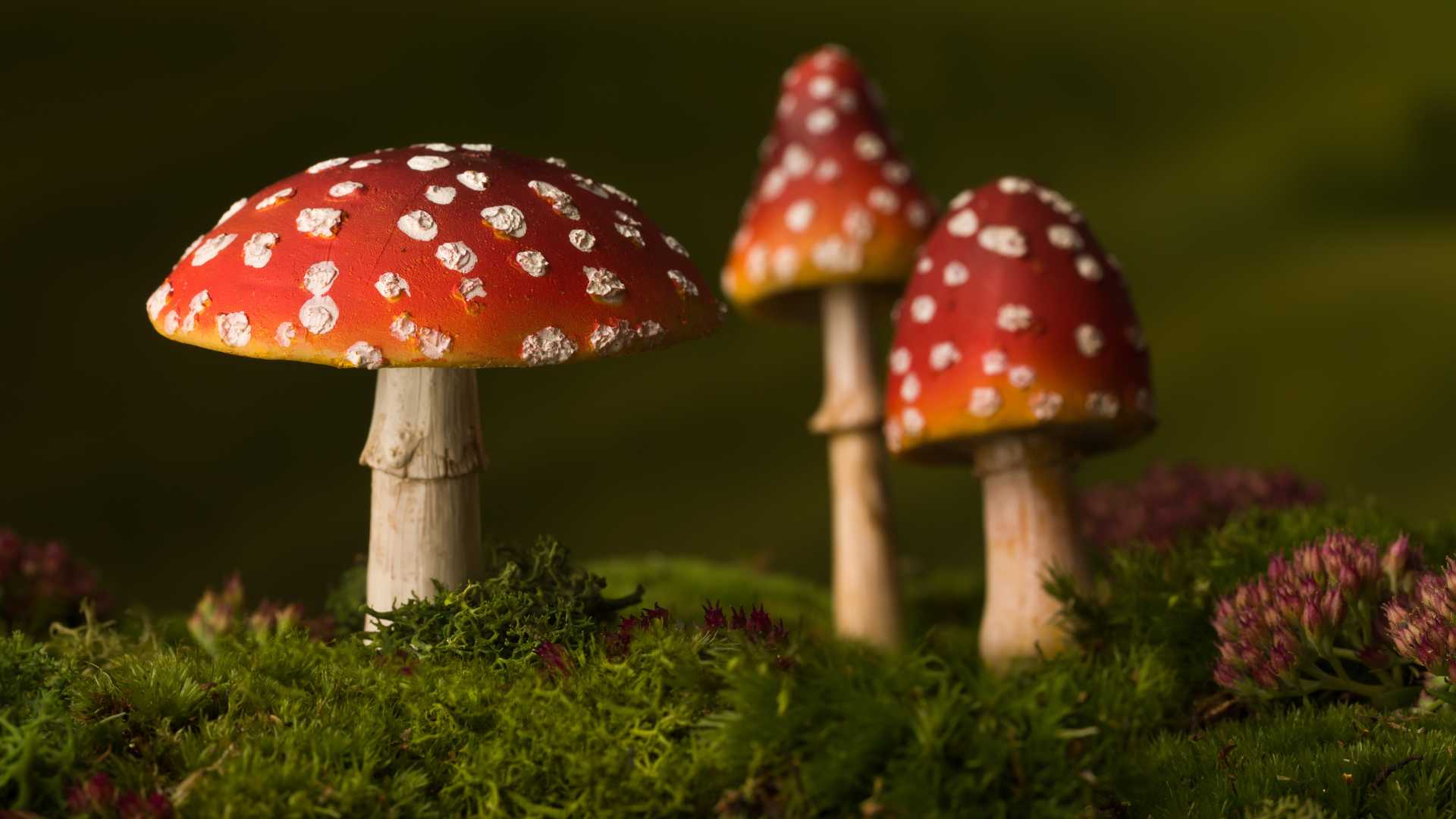
Arctic migrant makes autumn arrival along Irish coasts
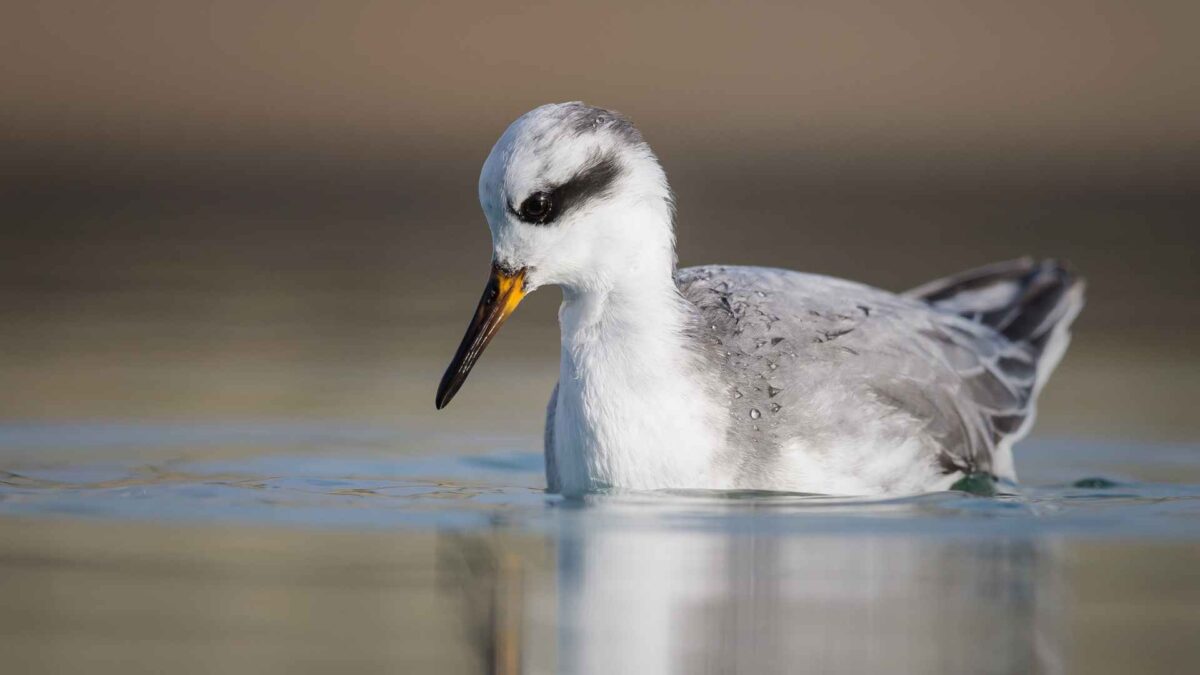
The grey phalarope has begun arriving in increasing numbers along Ireland’s coastline this week, marking its annual autumn passage from the Arctic.
The species was spotted on Sunday at Vartry Reservoir in Kilcoole, Co Wicklow, and at The Cull in Co Wexford, according to Irishbirding.com. In recent days, birdwatchers have also reported sightings from Bloody Foreland in Co Donegal, Tramore in Co Waterford, the Bridges of Ross in Co Clare, Ballycotton in Co Cork and Clogher Head in Co Louth.
The grey phalarope is a passage migrant in Ireland, most frequently seen off the west coast between August and November. Numbers vary from year to year depending on weather and migration conditions.
About the size of a dunlin, the grey phalarope is most striking in its summer plumage, when adults display brick-red underparts and dark upperparts, with a large white eye patch and contrasting black head.
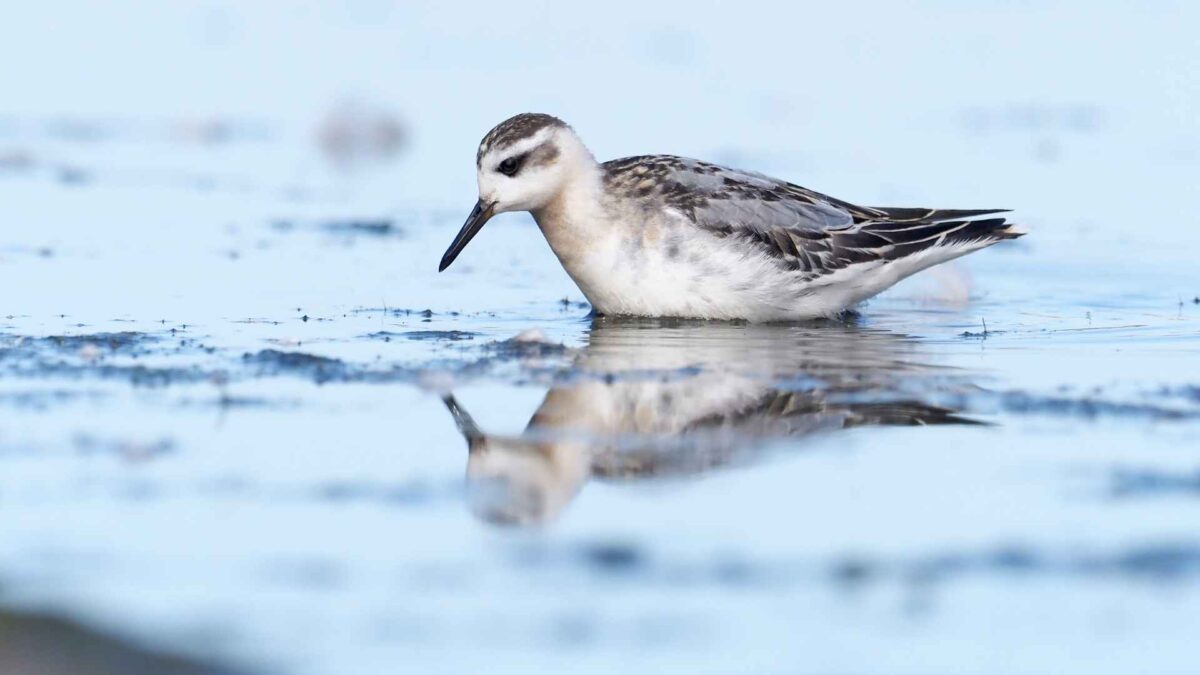
According to Birdwatch Ireland, females are more brightly coloured than males, reflecting the species’ unusual reversed sex roles. However, no summer-plumaged birds have been recorded in Ireland. In winter, they are plainer in appearance, with light grey backs, white underparts and a dark stripe through the eye. Juveniles resemble winter adults but show heavier black markings on the wing.
Usually silent when seen in Ireland, the birds feed on macro-invertebrates, crustaceans and plankton, often using their distinctive spinning motion to stir food to the surface.
Grey phalaropes breed on Arctic bogs and marshes in Siberia, Canada and Iceland but do not nest in Ireland. After breeding, they migrate south to winter far out in the Atlantic Ocean, where they feed on plankton. Most Irish sightings are of small groups moving south in autumn, although they are occasionally recorded in winter.
Their presence in Ireland is tracked through the Irish Wetland Bird Survey and BirdTrack, which monitor changes in migratory bird populations.
